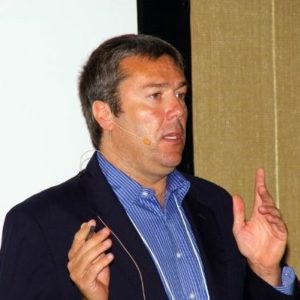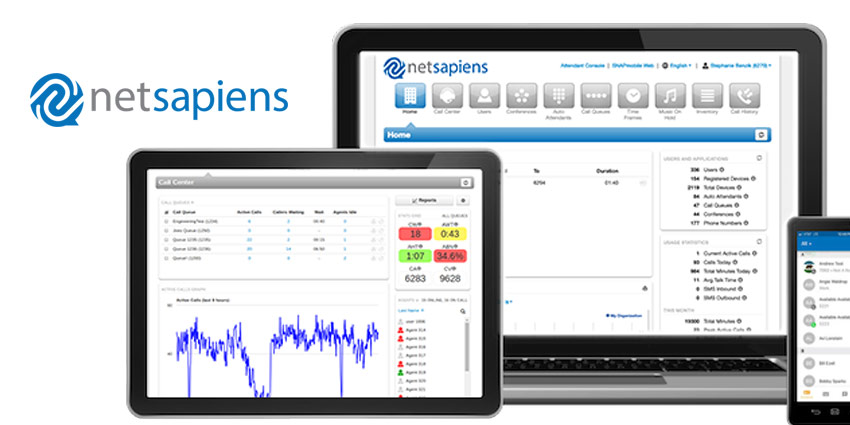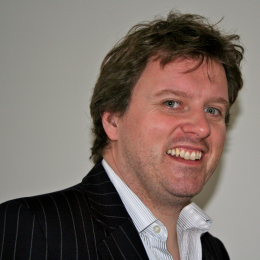Service providers could improve margins on their UC offerings by switching their business model to a per session pricing alternative.
Talking exclusively to UC Today, Jason Byrne, Vice President of Product and Marketing at Netsapiens, said that for many service providers, when they sign up an end user business, they charge by the seat but they are also purchasing from their UC vendor by the seat. This means the service provider is in a cost-plus model.
Byrne said his company has taken a very different approach from the very beginning that would be more lucrative for service providers. For Netsapiens, oversubscription was a way to differentiate itself from competitors and help providers make more money from their clients.

“Oversubscription is where you sell to a hotel with, for example, with 100 rooms and put a phone in each one. Statistically, there might only be about two room phones that are actually active at any one time in a hotel, that’s a 50:1 ratio. So the service providers are asking, ‘why am I paying my vendors on a seat based model when I’m only using a fraction of those seats?’” he asked.
He said that Netsapiens is one of the few companies that don’t charge providers based on a seat but on active sessions at any one time. Netsapiens has been disrupting the UC industry for many years with 160 Service Providers and over 1 Million users, and across a large amount of end user verticals. Currently this oversubscription rate is averaging 27:1 across all verticals, and the rate is growing at a CAGR of 29%, so providers can add 29% more seats every year without having to purchase more sessions.
“So for example if we sell 100 sessions and they oversubscribe their customers at 27 to one . This is over two and a half thousand seats before you fill your allocation,” said Byrne.
“Service providers also need to be able to handle bursts well above this, and we designed the solution to support when the service provider needs to handle more calls”
He asked why service providers are still paying by the seat to vendors when better alternatives are available.
“It’s great that you charge by the seat because the industry accepts that. But the service providers are trying to disconnect their costs from their sale or profits,” he said. Service providers should be asking themselves why they need to keep paying per seat, doubling the price and selling it on.
“Why do I need to do that when only one out of every 50 seats in hospitality say is actually on a phone call?” Byrne added that with a per session model, there is a huge margin to be made by the service providers.
Increased margin opportunities
“They [the service providers] can still charge by the seat to end users, which then means they’re collecting a massive amount of margin. This enables service providers to not only hit much higher margins but also enables them to tailor their packages per vertical or any other dimension.”
Byrne adds this model can mean that service providers can be “very aggressive in certain verticals”.
He said that Netsapiens sells licences starting at 100 sessions and increments of 50 thereafter… For a service provider who might have a mix of hospitality and other end user verticals, the blended oversubscription rate might be 30:1 so they can add a bunch of modestly-sized hotels, and dozens of other businesses all on just a 100 session license, and never worry about your customers bursting much higher.
“They are still collecting 30 x 100 sessions (3,000 seats in revenue), but now they are only paying for 100 sessions and that is a fraction of the cost of the historical way folks have been procuring”
Byrne concluded, Netsapiens’ success has been driven by disrupting the industry when service providers disconnect costs from their revenues.







